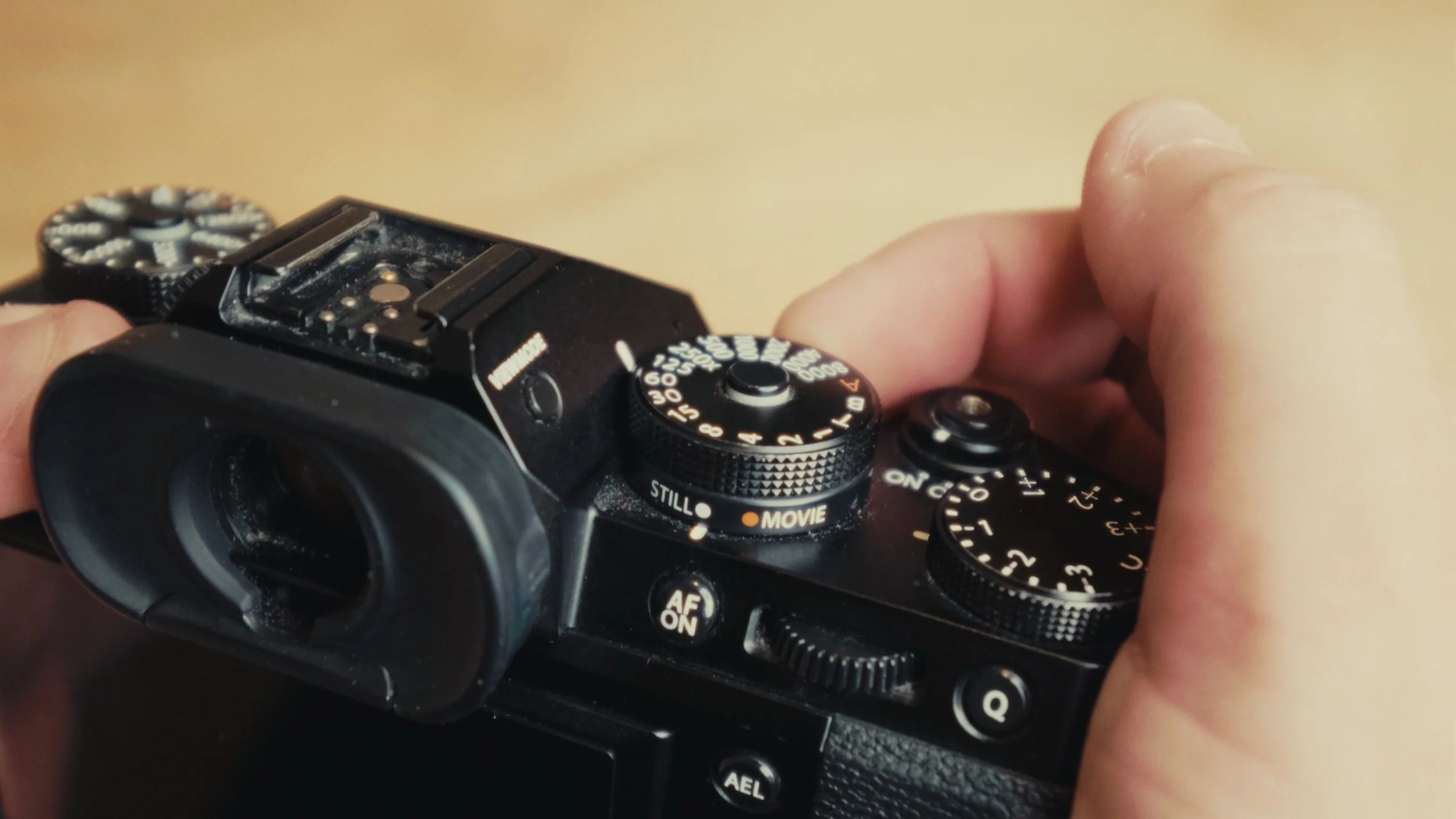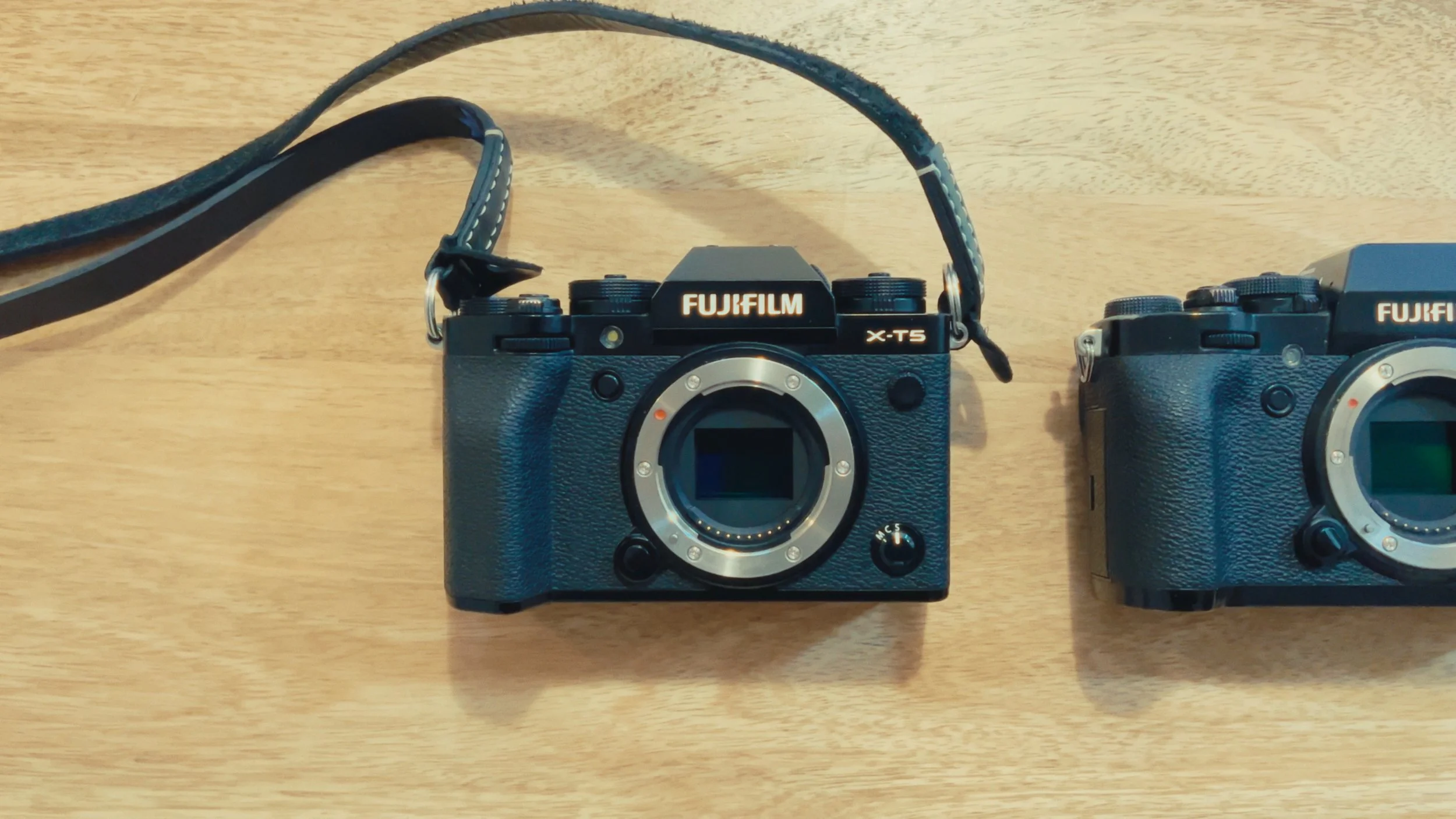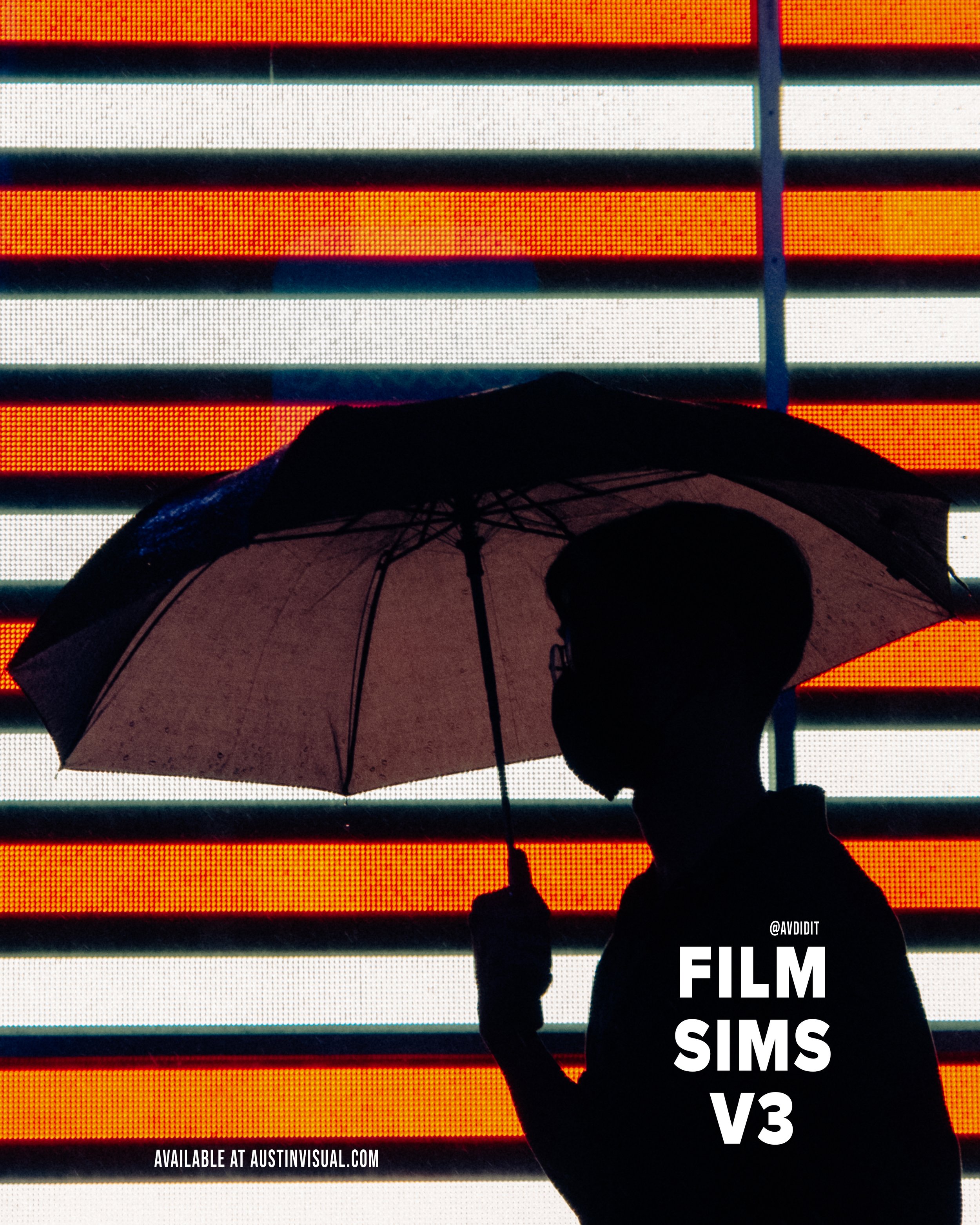Fujifilm X-T5 Review - First Impressions
First Impressions (from a Photographer) of the fujifilm x-t5
SOME CONTEXT
After spending a solid three years with the Fujifilm X-T3, a camera I deeply love for its design and aesthetic, I recently decided to upgrade to the Fujifilm X-T5. On a recent trip to Portugal, I brought along the X-T5 to see how it would fare as my new primary camera. In this post, I’ll share my initial impressions of the X-T5 and highlight why I made the switch from the X-T3, as well as some key features and potential drawbacks.
Why I Chose the Fujifilm X-T5
For three years, the X-T3 has been my go-to camera, especially for photography. I’ve always been impressed with its ergonomics, button placement, and classic film-like aesthetics. As a photographer who primarily shoots stills, I never felt a pressing need to upgrade. However, as my interest in video production grew, I noticed some limitations. The X-T3, while great for photography, didn’t provide the seamless hybrid performance I was looking for when transitioning between shooting photos and videos on the fly.
Enter the X-T5, a camera designed to bridge the gap between still photography and video work. The first major draw? A simple STILL/MOVIE dial that makes switching between these two modes effortless.
Key Features I Love About the Fujifilm X-T5
1. The STILL/MOVIE Dial – A Hybrid Photographer’s Dream
The inclusion of the STILL/MOVIE dial, first seen on the X-T4, was a major selling point for me. This dial allows you to switch between photo and video modes instantly, with each mode saving its own exposure settings. No more fiddling with settings in critical moments—whether you’re street shooting or documenting a landscape. For example, I can have my shutter speed set at 1/125th of a second for stills and 1/48th for video, and switching between the two won’t mess up my setup. It’s a game-changer for hybrid shooting, where speed and fluidity are essential.
2. Ergonomics and Build
Coming from the X-T3, I was already familiar with Fuji’s excellent ergonomic design, and the X-T5 didn’t disappoint. The camera body maintains a grip-friendly shape and keeps the SLR-style dials for adjusting shutter speed and ISO. Plus, the articulating screen makes it easy to compose shots both vertically and horizontally. That said, while the ergonomics are excellent, the build quality left me feeling a bit uncertain (and we will talk more about this in a moment). Unlike the X-T3, which feels like it’s built like a tank, the X-T5 has a somewhat more plastic, lightweight feel. It’s not necessarily a dealbreaker, but it’s worth noting.
3. Image Quality – 40MP and a Faster Processor
While I’m not someone who obsesses over megapixels, the jump from the X-T3’s 26MP sensor to the X-T5’s 40MP sensor, paired with a faster processor, has made a noticeable difference in image sharpness and detail. This increase in resolution might be particularly appealing if you plan on printing large photos, but for me, it’s more of a bonus than a necessity. Still, there’s no denying the clarity of the images this camera produces.
4. In-Body Image Stabilization (IBIS)
One area where the X-T5 shines is low-light performance. The X-T5 offers up to 7 stops of IBIS, which allows for shooting handheld at lower shutter speeds without introducing blur. On my Portugal trip, I tested this feature in street photography settings, shooting as low as 1/8th of a second without a tripod. While the high-ISO performance in terms of noise is similar to the X-T3, the IBIS helps tremendously in getting sharper images in low-light conditions.
Taken handheld across from Manhattan using the Fujifilm X-T5's impressive 7-stop IBIS. Shutter speed of 1/3s.
A Few Drawbacks
Though I’m overall pleased with the X-T5, the build quality is one area where I feel Fujifilm fell short. Coming from the sturdy, metal-heavy X-T3, the X-T5 feels noticeably more fragile, especially the flip-out screen. I’ve seen similar complaints in other reviews, and while it doesn’t seem like it will impact functionality in the long run, it’s something to consider if you’re used to more rugged camera builds.
Final Thoughts
After just a few weeks of use, I’m happy with the X-T5’s performance. It’s already replaced my X-T3 as my daily carry, and its ability to seamlessly transition between photo and video modes is exactly what I needed. I’ll continue to explore its features in the coming months, but for now, these are my first impressions. If you’re a hybrid shooter like me, this might just be the perfect upgrade for you.
Found this blog post useful? Help support my work by exploring the available products below!












